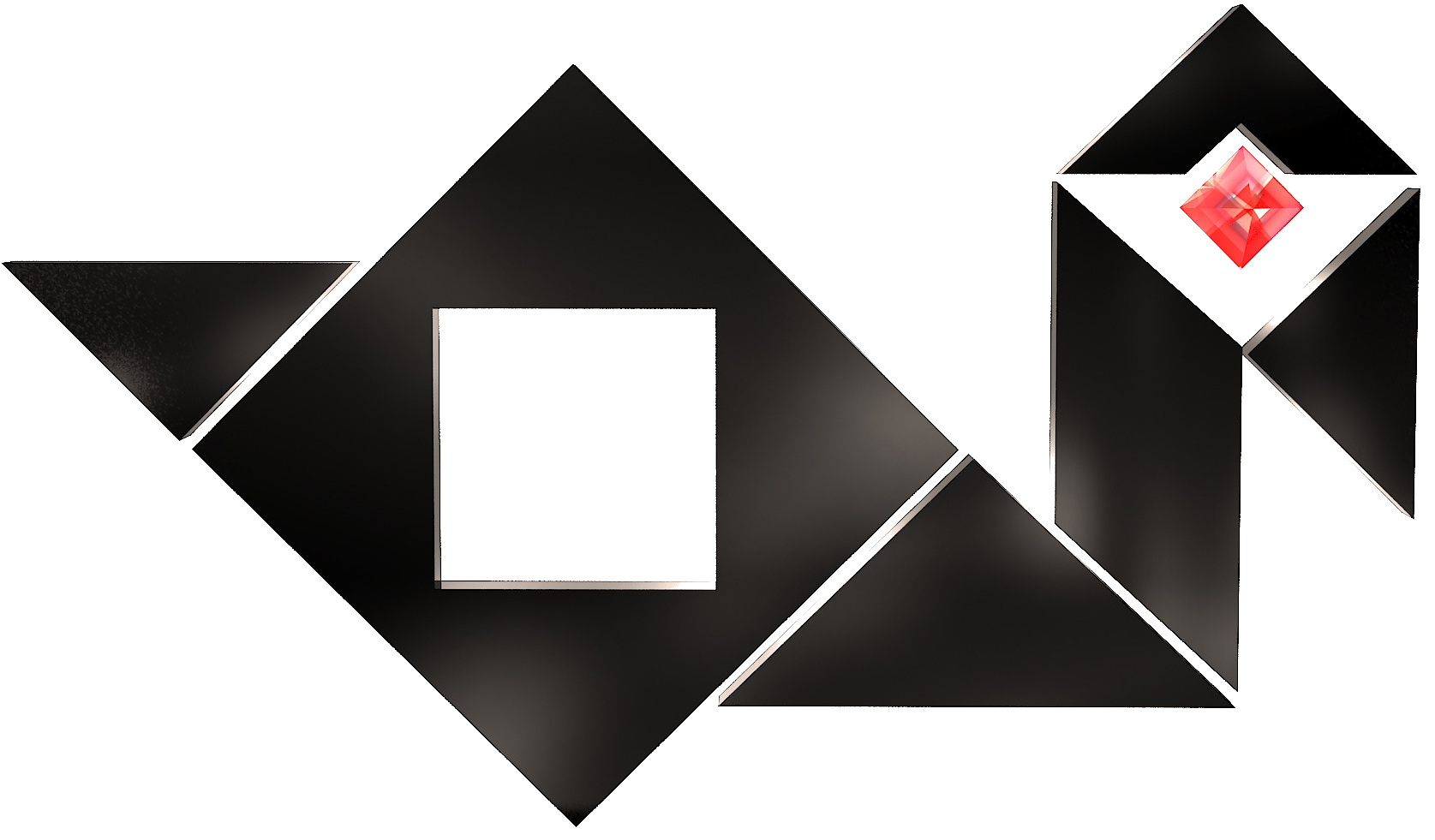GUIDELINES FOR A VASTU HOME
Vastu Shastra is an ancient sacred science of architecture and design. Spaces designed using these principals employ gifts of nature to attract enhanced wealth, health, prosperity and happiness. Because Vastu Shastra also unifies the science of astronomy and astrology, it can be said that it is an ancient mystic science for design and building. By incorporating some of these basic guidelines into your home, you can receive and welcome a blissful life as per your will.
Directions Are Significant
Each direction signifies an aspect of life and is governed by various gods. While North is the direction for wealth, south is for dharma, and West and East are for prosperity and overall success. Consult a Bagua Map for more.
The Front Door
Considered as the “archway to victory and progress in life”, the main door should face north, east or in the north-east direction. This door should be crafted with high quality wood, and of all the doors within your home this one should be the most appealing. Keep this area free from clutter, and avoid placing any water-centric decorative element near the entryway.
Designate A Spiritual Space
Designating a room in the house for meditation, yoga, and other spiritual activities will ensure spiritual growth. This room is best placed facing east, which is said to increase positivity. Incorporate light yellows, beiges, or white into the room for best results.
The Bedroom Is About Balance
Vastu Shastra shows you how tweaking your bedroom can enhance positive energy and even improve relations between couples. Ideally, the bedroom in a south-west direction brings good health and prosperity. Mirrors and televisions should not be placed in front of the bed, and walls should be in neutral or earthy shades to radiate positive energy. Aromatic oils and consciously chosen lighting can help create this space as an oasis of calm.
Raise the vibration of your home or business utilizing Vastu Shastra. Together we can create a sacred space that dissolves obstacles, nurtures our souls, while bringing happiness, abundance, harmony, and health. Contact us today for a full Vastu Shastra design consultation.
